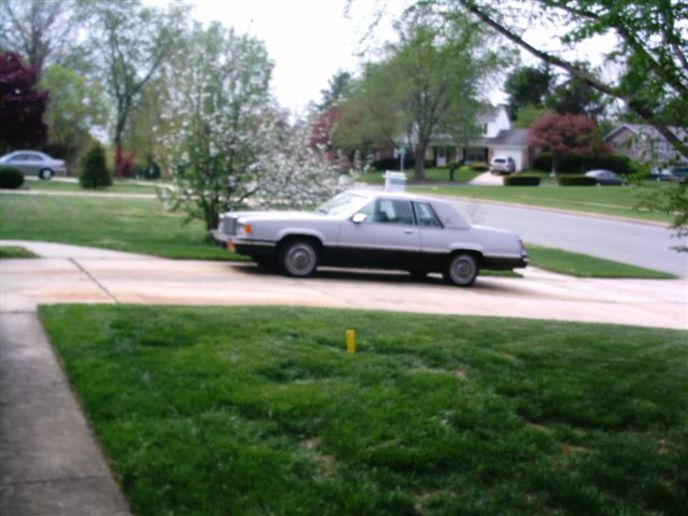I ran the tractor about 2 hours after it finally started. I do not have a good way to break in this engine. I have a Woods belly mower but I have not overhauled it and painted it yet and there is nothing to mow anyway. No other implements and Western Kansas is flat, no hills. I installed a temperature gauge by sawing of the top of the taller outlet from a C123. Gauge is mounted off a bolt on the governor, can be seen from the seat, unlike the gauges on the distillate engines which run off the cold side of the radiator. When running I block the air to the radiator until the needle is nearly in the red, then let it cool some with the engine still running if it is still moving up, then repeat. Machinest, who rebuilts car engines says to get it hot, so I did. There is absolutely no smoke from the exhaust or breather, not on starting, or accelerating or idle. So I hope it is working.
All bearings in the transmission and final drives were replaced, along with the reverse idler gear which had a chipped tooth. The transmission is now quiet. One reason I replaced the bearings was to see if what I have read on this forum for the last 10 years or so, is that these transmissons are noisy from the factory. Nope, just normal wear. Gene Bender's experience says the front bearing causes the most noise. Could be, but I wanted to be sure. Main problem now is the clutch. I did not replace it, but It appeared ok, clutch pads had a lot left, plate needed a little sanding. I did replace the release bearing. Clutch is very noisy when engaging. It is the release bearing and the fingers. Probably going to have to split it and replace the clutch. With the old release bearing there was no noise. Going to look at it some more. I don't think I can adjust anything without splitting it. It gets a new clutch if I do. I have asked questions about various things for the last 16 months, I greatly appreciate everyones help.
All bearings in the transmission and final drives were replaced, along with the reverse idler gear which had a chipped tooth. The transmission is now quiet. One reason I replaced the bearings was to see if what I have read on this forum for the last 10 years or so, is that these transmissons are noisy from the factory. Nope, just normal wear. Gene Bender's experience says the front bearing causes the most noise. Could be, but I wanted to be sure. Main problem now is the clutch. I did not replace it, but It appeared ok, clutch pads had a lot left, plate needed a little sanding. I did replace the release bearing. Clutch is very noisy when engaging. It is the release bearing and the fingers. Probably going to have to split it and replace the clutch. With the old release bearing there was no noise. Going to look at it some more. I don't think I can adjust anything without splitting it. It gets a new clutch if I do. I have asked questions about various things for the last 16 months, I greatly appreciate everyones help.


